Ágústa Sveinsdóttir’s first jewelry line resembles a cross between Monica Vinader and Alex and Ani: Her mixed-metal rings and bangles are luxurious — minimalist, beautifully constructed pieces — and youthful, with octagonal and square shapes that are decorated with pegs and silver-colored rods. But the standout material in her work isn’t precious, or even semiprecious stones — it’s dust. Sveinsdóttir intends for each piece to partially disintegrate as buyers wear it.
Sveinsdóttir created the line, “Dust,” for her senior project at the Iceland Academy of the Arts, where product design students incorporate sustainability concepts into their final assignments each year. In Sveinsdóttir’s year, the theme for final projects was “Spiritualism, Craft, and Waste”; last year, the IAA charged senior students with creating works from disassembled willow trees, a new raw material in Iceland.
Sustainability has been a trend in high-end jewelry design forclose to two decades, but has gained in momentum in the past 10 years. As advocacy groups like the Alliance for Responsible Mining, Communities for a Better Environment, and Environmental Priorities Coalition have raised public awareness of the environmental costs of gem excavation, luxury designers have taken the lead in retrofitting eco-friendliness into production. Some, like De Beers, which has touted that its Forevermark brand of jewelry is “natural, untreated and conflict free” since 2011, and Chopard, which has been partnering with ARM to offer “Fairmined” jewelry since 2013, have rolled out more sustainable lines. Others have made pledges: Tiffany & Co. has promised to reach net-zero greenhouse gas emissions by 2050.
This high-end embrace of ethical production is forward-looking: Business analysts say that Millennial consumers are more concerned with sustainability than previous generations. But several Icelandic designers, including Sveinsdóttir, Johanna Methusalemsdóttir, and Helga Mogensen, are going further with their sustainable designs than following market trends — they make jewelry that deliberately reminds potential buyers that consumer culture is endangering the planet. These designers say that their designs are both personal — true to their eco-friendly Icelandic upbringings— and au courant. As such, they’re fighting back against the stereotype that jewelry telegraphs only excess, privilege, and consumption.
Sveinsdóttir began working with dust in 2014. At the time, she was researching what she calls “material worth”—why materials like silver and gold are traditionally considered valuable, and how they differ from materials that aren’t — for her senior project at IAA. She decided to embrace themes of transformation and disintegration in her project, and dust was a natural fit to realize her concept. “It interested me to see if I could make something as useless as dust into something valuable,” she says. “Silver also tarnishes and breaks down eventually, turns into something else. Everything does. It’s nature’s cycle.”
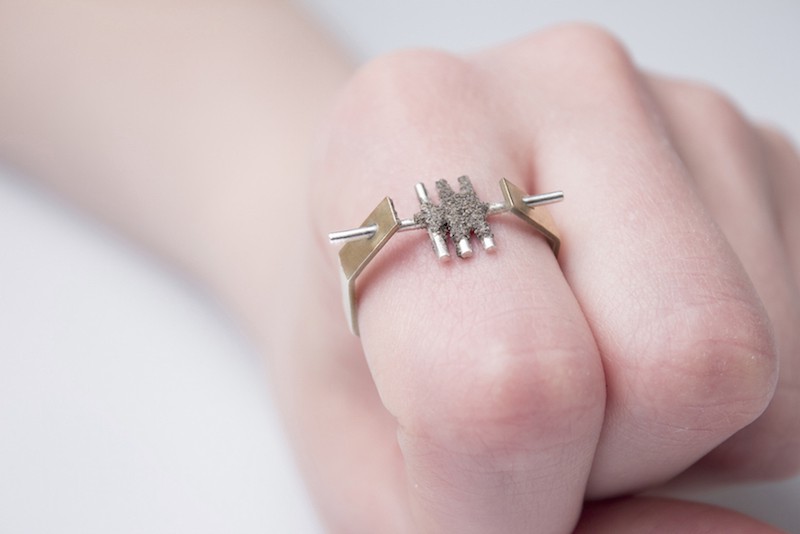
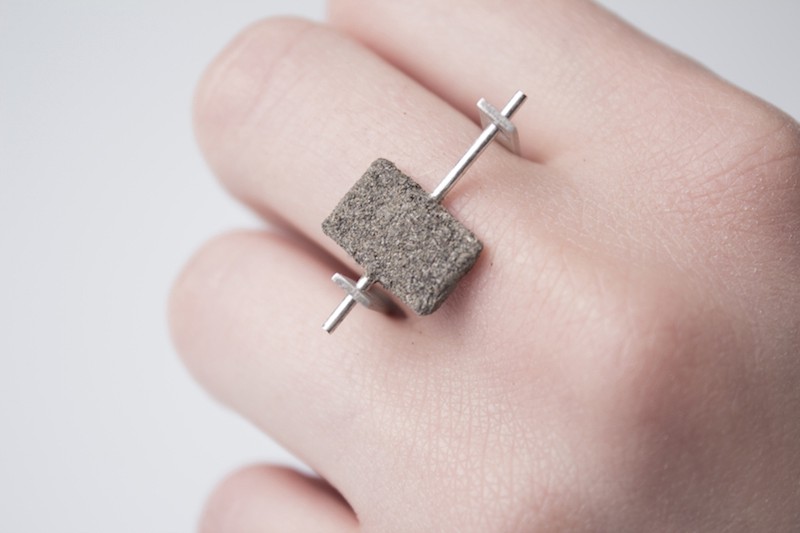

After she collected her core material from several abandoned Icelandic farms, Sveinsdóttir combined it with a biodegradable adhesive so that, over time, the dust would wear away to reveal her jewelry’s bare structure underneath. The result “is a celebration of the fragile beauty that time and use impart to materials,” according to the website of the design studio ALVARA, which Sveinsdóttir co-founded with designer Elísabet Karlsdóttir. It was the first of several collections highlighting natural processes: The ALVARA collection “Silfra” uses water to mold silver, an attempt to create works with a natural, rather than a manmade, look; the garment and accessories line “Useless” utilizes reindeer byproduct (Iceland allots seasonal hunting permits to residents in order to prevent reindeer from overgrazing pastureland — “Useless” aims to cut down on waste.)
Sveinsdóttir credits IAA’ s curriculum, which emphasizes questioning “existing structures” behind material consumerism and encouraging designers to tackle climate change, according to IAA product design professor Tinna Gunnarsdóttir, for her commitment to sustainable design. “We talked about it as ‘designers’ guilt’ at my school,” Sveinsdóttir recalls. “People before us didn‘t know any better but we do so we have to take responsibility and try to change things.”
But she also attributes some of her interest in sustainability to her small-town upbringing: She grew up in Hafnarfjörður, a small port town located outside Reykjavík, where one of the main tourist attractions is its community of Huldufólk (“Hidden Folk”), or elves. Icelandic residents often appeal to governmental entities to avoid building roads or embarking on construction projects by explaining that it may disrupt elves’ habitats. And this folklore also imbued Sveinsdóttir with a sense of environmental responsibility. “Respecting the elves may as well be a synonym for just respecting the nature,” she says.
Helga Mogensen, another jewelry designer who foregrounds environmental impact in her designs, also credits Iceland’s landscape for inspiring her work. For three decades, Mogensen has spent her summers at a seasonal family home in Kaldbaksvík, along the isolated Strandir coast. There, Mogensen collects items along the shorelines for her designs, mainly pieces of driftwood.

The driftwood — which originates in Siberia before landing on the Icelandic shoreline — represents her “connection to the place, to the nature that is there [in Kaldbaksvík],” Mogenson says. But she suggests that using natural materials isn’t just a personal choice — it’s good for business. “Every log that I use is like an individual. You can’t really duplicate the logs,” she says of her jewelry’s originality.
Work featuring local raw materials is particularly welcome in Iceland, she adds, where protests — such as the Kárahnjúkar dam protests in early aughts and Bjork’s 2015 “Protect the Park” initiative — an effort to prevent Iceland’s government from building dams in the highlands — tend to occur if dams are being proposed in natural reserve areas of the country. “We want to keep it intact. Protect it. We always try to stand up for it,” Mogenson says.
Icelandic material references also feature prominently in designer Johanna Methusalemsdóttir’s “Kría” line of jewelry, which incorporates bones and exclusively recycled metals in its designs. The line is inspired by Leggjabú, a game Mogenson played on her grandparents’ dairy farm when she was a child, in which players use bones of sheep and cows to stand for the different animals on the farm, like figurines.
The theme might telegraph as morbid, but Methusalemsdóttir says it’s a plea for consumers to protect the cycle of life and practice sustainability. She considers Kría a “celebration of life” as well as a continuation of her materials’ lives. To reduce her company’s carbon footprint, she has already changed the line’s packaging so that it now consists of 100 percent post-consumer materials and is printed only with soy-based inks.
Focusing on ethical practices has helped raise all three designers’ profiles so far. Sveinsdóttir has received a grant from the Icelandic Artists’ Salaries fund both last year and this year, she and ALVARA co-founder Karlsdóttir received art grants from the Iceland Design Centre and government culture funds. Mogensen is currently one of the 54 artists invited this spring to appear at “LOOT: MAD About Jewelry,” an annual event for emerging and internationally known artists at the Museum of Arts and Design in New York. Methusalemsdóttir is one of the 12 artists profiled in the highly acclaimed project “The Weather Diaries” of the Nordic Fashion Biennale, a multimedia exhibition that debuted in 2012 and has since continued to tour worldwide.
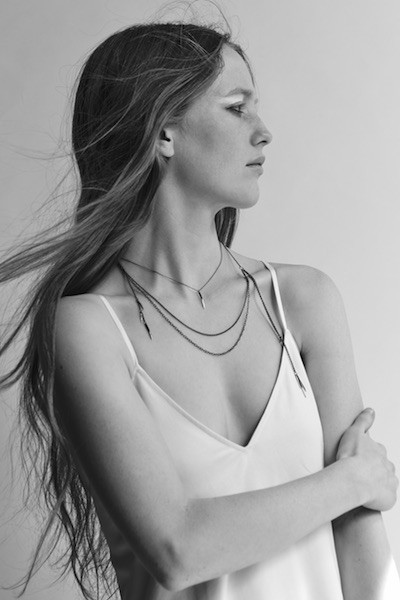
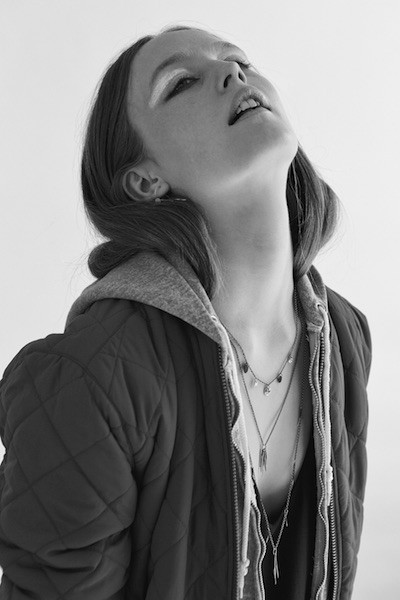
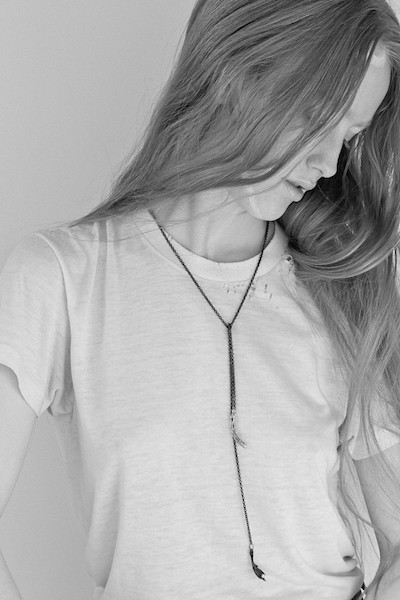
Despite reforms by high-end companies like Chopard and Tiffany’s, environmentalists warn that many tokens of love can still be traced back to work practices that are hazardous to the Earth: Organizations like EarthWorks are currently campaigning for top jewelry companies to not use “dirty gold” in their product lines, while battles are ongoing between the jewelry business and local and environmental interests: In Alaska’s Bristol Bay, local fisherman, Alaskan native groups, and environmental allies are currently clashing with a Canadian mining company over the Pebble Mine — activists argue continued development would be ecologically irresponsible.
While agreeing that jewelry itself can be considered an excess, Methusalemsdóttir says that wearing a sustainably created piece demonstrates that beauty and environmental protection can co-exist. Just as the designer doesn’t have to make a choice between one or the other, a person can indulge in attractive accessories without environmentally negligent productions attached to them, she argues. Methusalemsdóttir believes in encouraging the consumer to shop mindfully by paying attention to “where things come from and how they are made” through her designs.
Sveindóttir agrees that designers should take the lead in changing jewelry’s reputation as a symbol of empty consumerism. “It can be a lot more than a mere decorative item,” she says. “I just want to make the right kind of jewelry. The good kind, the kind that makes you think.”





